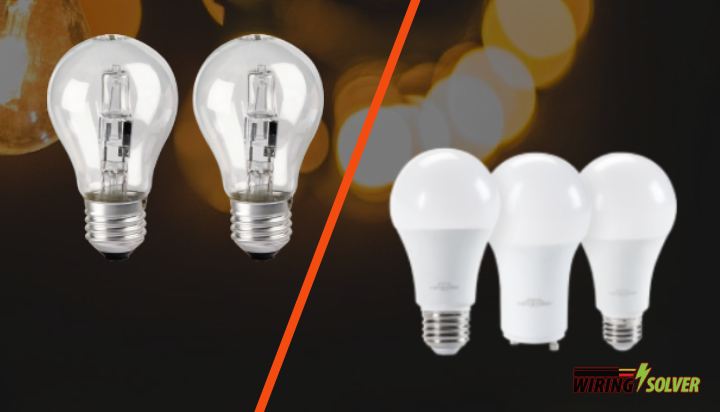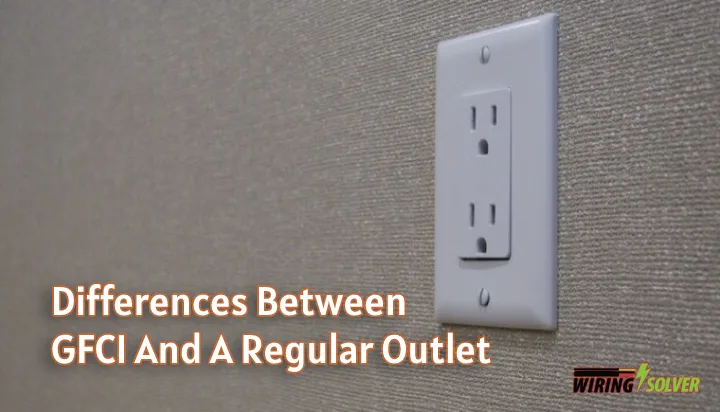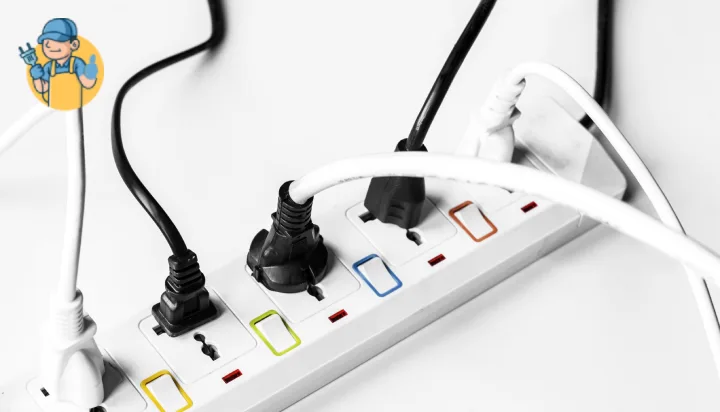Before you purchase 12/2 wire, you need to learn what is 12/2 wire used for.
In short, 12/2 wires are multiconductor cables prevalently used in household circuits, such as for outlets in kitchens.
You can employ these 12/2 cables for outlets or light fixtures with a 20-amp circuit breaker. Hence, you can use them to run almost any kitchen, bedroom, or bathroom appliance you can imagine!
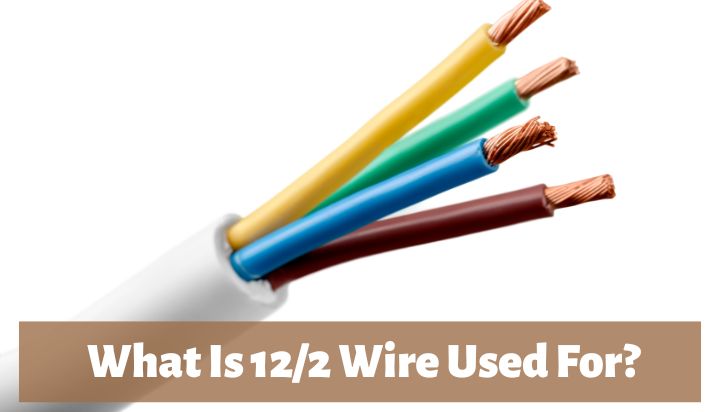
What Does 12/2 Mean?
Before proceeding to its utilities, we must understand the electrical shorthand used to denote the “12/2” cable. The first number, 12, is the size of the electrical wire which is determined with the wire gauge.
As a rule of thumb, the thicker the wire, the smaller the wire gauge.
The latter number indicates the number of insulated current carrying wires present, in this case, 2. Interestingly, a 12/2 cable actually contains 3 wires, the third one being a ground wire.
Types of 12/2 Wires
The way the 12/2 cable is arranged or sheathed may determine where and for which appliances these wires are used.
Non-Metallic Cable
NM cables use plastic to sheath the insulated wires, along with the bare ground wire, within it.
They are usually quite flexible and inexpensive, which makes them a common cable for residential wiring to be used inside ceilings, walls, and even underground. However, mind caution as it can only be used in dry locations.
Underground Feed Cable
UF cables serve to combat the drawback of NM cables as their build provides the cable with watertight protection.
Here, the conducting wires are completely enclosed in solid plastic. 12/2 cables wrapped in such a manner are used to run underground circuits to garages or even for landscape features such as yard lights.
Armored Cable
These cables without the ground wire, BX cables, employ metals to bundle together the wires. The path for grounding is provided by the metal casing itself.
In commercial buildings and industrial plants, it is used in situations where the cable may be exposed to mechanical or environmental damage.
What Can You Use 12/2 For
A few examples of how you can use the 12/2 wire are given below:
12/2 Wires for Lighting
12/2 wires are an excellent choice for the installation of lights, whether that is indoor or outdoor, due to their versatility! Almost any type of light, within a 15 amp or 20 amp circuit breaker, can be fitted with these wires, for example:
- Spotlights
- Christmas lights/ fairy lights
- Outdoor accent lights
- Deck lights
- Light fixtures
- Lamps
- Underwater lighting
Its flexibility and ease of installation make it a household favorite for those willing to light up their homes by themselves.
Its low voltage capacity of 30 Volts makes it safer and reduces the risk of high voltage shocks. Its durability against temperature and abrasion makes it an ideal option for outdoor lighting.
12/2 Wires For Kitchen And Bathroom Outlets
Most appliances require 20 amps to function. Both 15 amp and 20-amp fuse-fed circuits can be installed with 12/2 wires, making them extremely adaptable in household settings.
The circuit breaker can be upgraded with convenience according to the requirement of the appliance.
You can bump up its convenience by accommodating around 10 outlets in one 20-amp circuit, enough to run all the standard household appliances with just one circuit!
On top of that, the thick 12/2 wires provide better conductivity with minimum current loss. Hence, all the appliances will receive an ample amount of power and will always run smoothly.
The choice of wiring for the outlet definitely depends on the appliances it will be used for. Common appliances that can be used in 12/2 wire outlets
- Heavy-duty vacuum cleaner
- Heaters
- Washing machine
- Microwave or electric oven
- Refrigerator
- Hair dryer or other styling tools
- Power tools, etc.
12/2 Wires For Air Conditioners
Typically, 120-volt window air conditioners require 20 amperage circuits. Hence, by default, a 12/2 cable is the appropriate choice!
Bottom Line
This multipurpose 12/2 cable is not only easy to install but also provides maximum efficiency. That’s because it reduces the loss of current from the service panel to the outlet or fixture due to its excellent conductivity.
To top it off, its high amperage of 20 amps makes it considerably safer for the average joe trying to install lights or any kind of wiring.

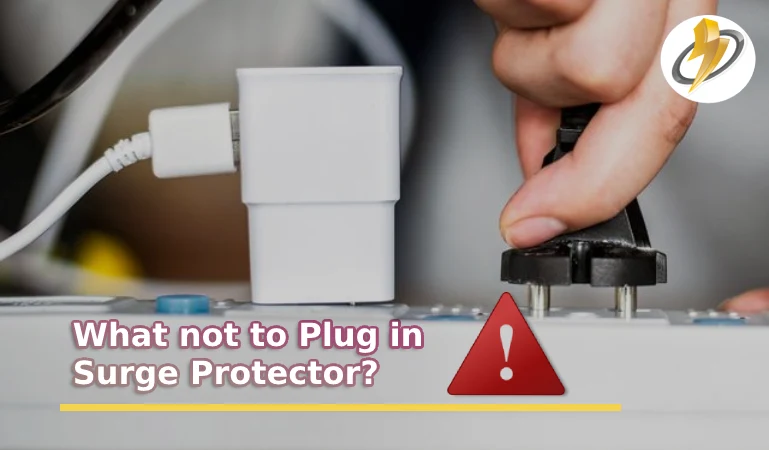
![Why Does My Neutral Wire Have Voltage? [Answered]](https://wiringsolver.com/wp-content/uploads/2022/04/Why-Does-My-Neutral-Wire-Have-Voltage.jpeg)
